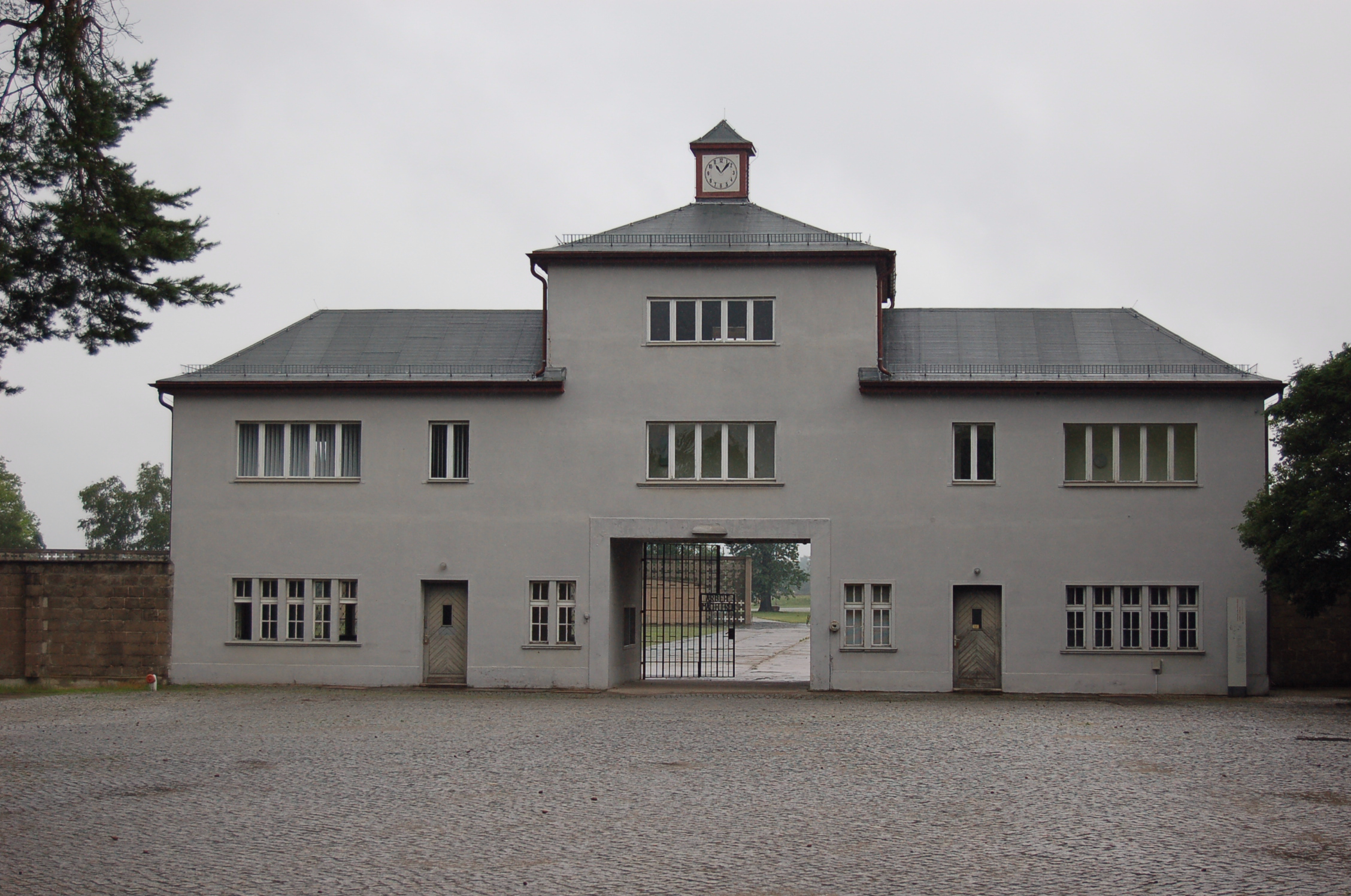The entrance to Sachsenhausen concentration camp, where the forgers operated. According to an article in The New York Times published on December 13, 2001, the SS experimented with mass killing techniques there in the early stages of the war, which were subsequently employed in the Nazi death camps. Photo: Tommes73 / CC BY 3.0 DEED.
Operation Bernhard was a secret plan devised by Nazi Germany during World War II with the original aim of destabilizing the British economy. The operation was named after its leader, SS-Sturmbannführer Bernhard Krüger.
SS functionary and later SS-Gruppenführer Arthur Nebe, who headed Nazi Germany’s Reich Criminal Police Office or RKPA, initially conceived the idea for Operation Bernhard. In a secret meeting on 18 September 1939, he suggested the use of skilled counterfeiters to create fake British banknotes. The strategy involved dispersing £30 billion in counterfeit notes over Britain, which could potentially trigger an economic collapse and strip Britain of its global currency status. SS-Obergruppenführer Reinhard Heydrich, Nebe’s superior who became known as the “Butcher of Prague” and was one of the architects of the “Final Solution”, saw potential in the plan despite some initial hesitation. Joseph Goebbels, the Minister of Propaganda, found the plan to be eccentric but intriguing. Walther Funk, the Minister for Economic Affairs, expressed concerns about the plan violating international law. However, the operation was ultimately approved by Adolf Hitler.
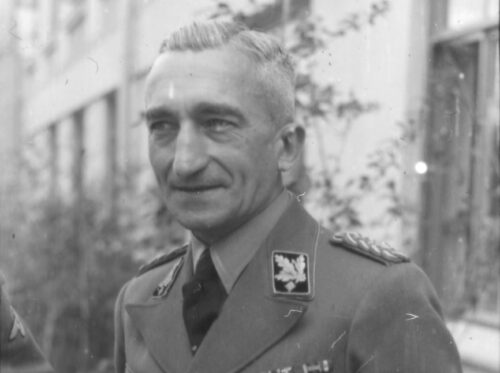
Despite the secrecy surrounding the discussion, Michael Palairet, the British ambassador to Greece, was informed about the plan by a Russian émigré in November 1939. The émigré revealed that the operation was titled “Offensive against Sterling and Destruction of its Position as World Currency”. Palairet relayed this information to London, who in turn notified the US Department of the Treasury and the Bank of England. In response, the Bank issued a blue emergency £1 note with a metal security thread in 1940, prohibited the import of pound notes for the duration of the war in 1943, ceased the production of new £5 notes, and alerted the public about the risk of counterfeit currency.
The Operation
The initial phase of the operation, known as Operation Andreas, commenced in early 1940 and was overseen by the Sicherheitsdienst (SD). The unit successfully duplicated the machinery used by the British, produced near-identical engraving blocks, and deduced the algorithm used to create the alpha-numeric serial code on each note. The notes successfully passed a test comparing them to genuine British notes in 1941. The operation was closed in early 1942 after its head, SS-Sturmbannführer Alfred Naujocks, fell out of favor with Heydrich, who was his superior officer.
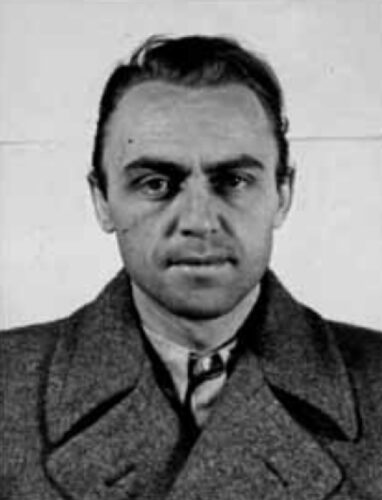
The operation was revived later in the 1942, now headed by Bernhard Krüger, but the aim was changed. Instead of dropping the notes over Britain to bring about a collapse of the British economy, the aim was changed to forging money to finance German intelligence operations. This strategic shift allowed the Nazis to fund their intelligence operations without drawing on their own resources.
Instead of a specialist unit within the SD, prisoners from Nazi concentration camps were selected and sent to Sachsenhausen concentration camp. The unit produced British notes until mid-1945. Estimates vary of the number and value of notes printed, ranging from £132.6 million up to £300 million.
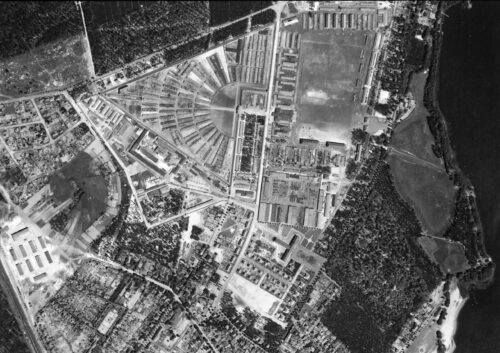
The selected prisoners were trained as forgers and were isolated from the main prison area by barbed wire fences. Two barracks were set aside for printers, binders, photographers, and engravers. This ensured that the operation could be carried out in secrecy and with a high level of skill and precision.
The prisoners selected for this operation were spared from the horrific fate that many others in the concentration camps faced. Their unique skills and the secrecy of the operation provided them with a certain level of protection until the end of the war.
Producing the counterfeit currency was a meticulous and complex task. The unit involved in the operation successfully duplicated the rag paper used by the British. They then produced near-identical engraving blocks. The engraving process required a high level of skill and precision. The counterfeiters had to replicate the exact design and feel of the genuine notes, which included intricate patterns and images. This was a challenging task given the high quality of the original British notes.
In addition to replicating the physical appearance of the notes, the counterfeiters also had to deduce the algorithm used to create the alpha-numeric serial code on each note. This required a deep understanding of mathematics and cryptography.
Despite these challenges, the unit was able to produce counterfeit notes of such high quality that they were often indistinguishable from the real ones. This is a testament to the skill and ingenuity of the counterfeiters involved in Operation Bernhard.
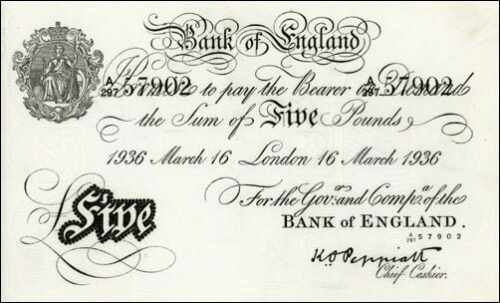
The transportation of counterfeit notes from Sachsenhausen concentration camp was a covert operation. From late 1943, approximately one million notes per month were printed. Many of these notes were transferred to Schloss Labers, a castle in the Italian South Tyrol where an SS task force stashed Nazi loot. From there, the counterfeit money was laundered and used to pay for strategic imports and to pay German agents.

Counterfeit notes from the operation were used to pay the Turkish agent Elyesa Bazna, codenamed Cicero, for his work in obtaining British secrets from the British ambassador in Ankara. £100,000 from Operation Bernhard was used to obtain information that helped to free the Italian Fascist dictator Benito Mussolini in the Gran Sasso raid.
The Aftermath
In early 1945, the unit was moved to Mauthausen-Gusen concentration camp in Austria, then to the Redl-Zipf series of tunnels, and finally to Ebensee concentration camp. This was done in a desperate attempt to hide evidence of the operation as the Allies closed in. The remaining money that wasn’t burnt was put on trucks and dumped into the Toplitz and Grundsless lakes along with the machinery, but enough went into general circulation that the Bank of England stopped releasing new notes and issued a new design after the war.
An £10 printing plate, which is the sole survivor of its kind, was retrieved from Lake Toplitz, long after the Germans submerged their printing machinery and leftover notes in 1945. It is now on display in the International Spy Museum. In 1959, the German newspaper Der Stern financed a recovery operation to retrieve the banknotes from the lake. It’s believed that a significant amount of the counterfeit notes was recovered.

After World War II, Bernhard Krüger was detained by the British for two years. He was then turned over to the French for a year, during which time he was offered a job making counterfeit documents for their Secret Service. However, Krüger refused this offer.
He was released in 1948 without any charges being pressed, and he returned to Germany. In the 1950s, he went before a denazification court, where prisoners under his charge at Sachsenhausen provided statements that resulted in his acquittal. He eventually worked for the company that had produced the special paper for the Operation Bernhard forgeries. Krüger passed away on 3 January 1989.
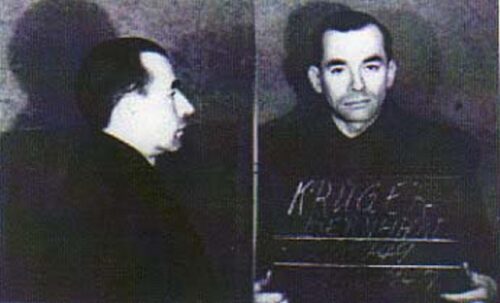
While Operation Bernhard is one of the most well-known counterfeiting operations during World War II, it was not the only instance of economic warfare. However, the scale and sophistication of Operation Bernhard were unparalleled. It remains a fascinating chapter in the history of World War II.
The use of counterfeit currency as a tool of warfare isn’t exclusive to Nazi Germany. Throughout history, various countries and organizations have used similar tactics to destabilize their enemies. However, the specifics of such operations during World War II beyond Operation Bernhard are not well-documented or may still remain classified information.
Counterfeiting currency is a crime under international law. Today, nations invest heavily in creating currencies that are difficult to forge and in detecting and preventing counterfeiting.
Resource
International Spy Museum
SpyMuseum.org
*The views and opinions expressed on this website are solely those of the original authors and contributors. These views and opinions do not necessarily represent those of Spotter Up Magazine, the administrative staff, and/or any/all contributors to this site.

